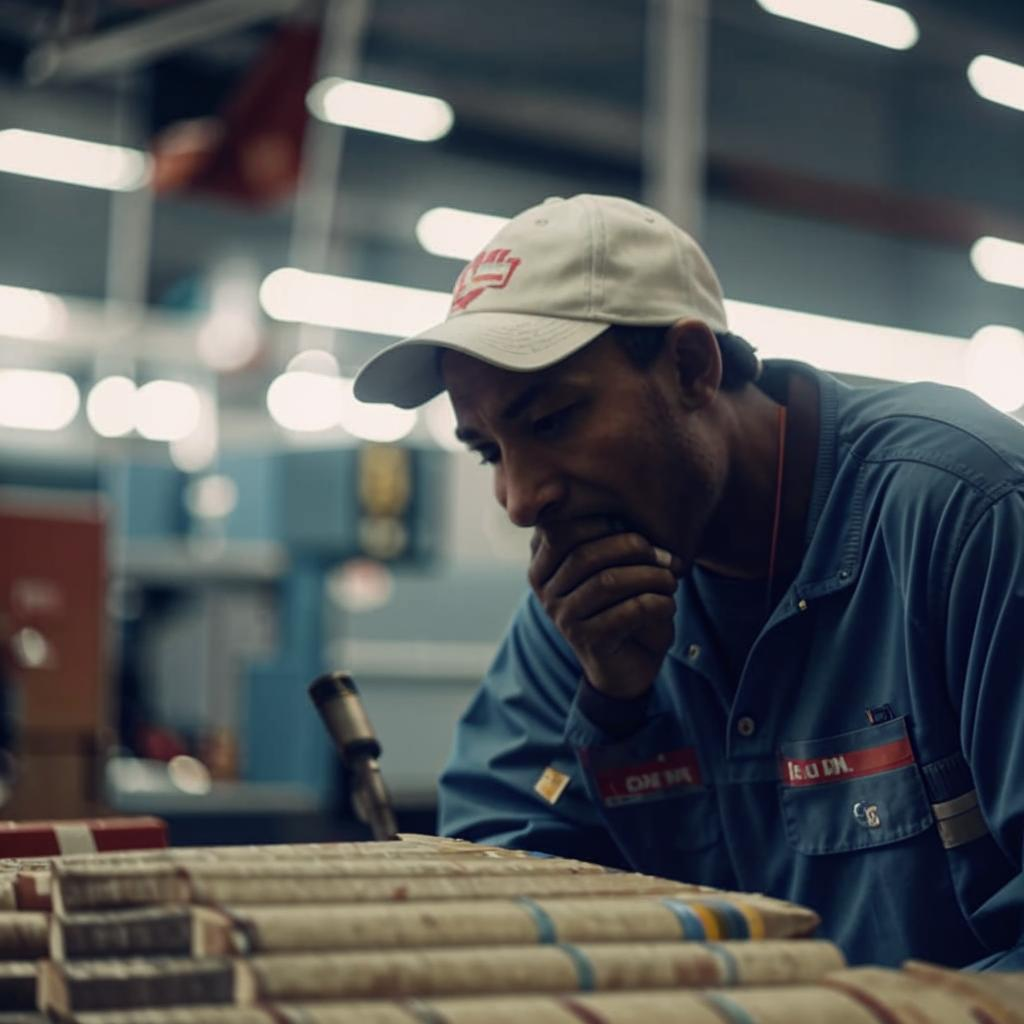The escalating tensions between the United States and China are raising alarms about a potential “monumental” split with far-reaching consequences for the global economy. Experts warn that growing strategic competition, coupled with technological decoupling and trade restrictions, could lead to a fractured world order.
While complete separation is unlikely, the trend towards reduced economic interdependence is already visible. Businesses are diversifying supply chains, seeking alternatives to China to mitigate risks associated with geopolitical uncertainty. Governments are implementing policies to promote domestic manufacturing and reduce reliance on foreign suppliers, particularly in strategic sectors like semiconductors and critical minerals.
This decoupling carries significant economic costs. Reduced trade and investment flows could dampen global growth, while technological fragmentation could hinder innovation and raise costs for consumers. Some analysts fear a return to a Cold War-style dynamic, with competing blocs vying for influence and resources.
The impact on specific industries is also a concern. Companies heavily reliant on Chinese markets or supply chains face significant challenges. The technology sector, in particular, is caught in the crossfire, with restrictions on access to markets and technologies on both sides.
The future of the global economy hinges on the ability of the U.S. and China to manage their differences and find areas of cooperation. However, the current trajectory suggests a continued drift towards greater division, with potentially profound implications for businesses, consumers, and the global order. Navigating this complex landscape will require careful planning, strategic diversification, and a focus on resilience.












